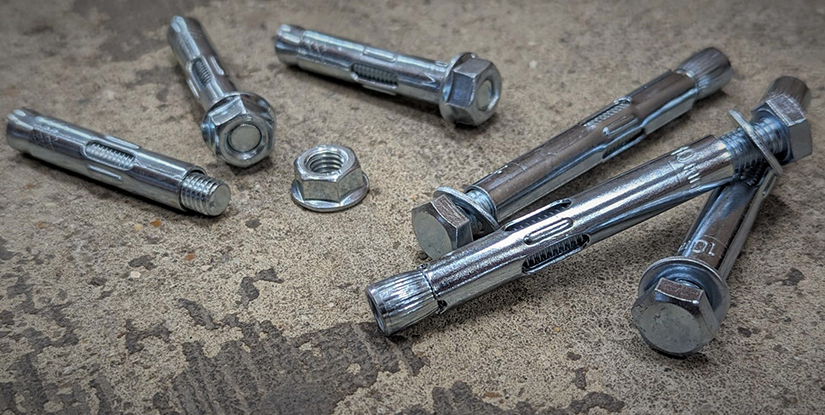TRACKING Delivery System
Market-leading reliability built in
Click and Collect
Buy online & collect in 30 minutes
Highly Rated on Google Business
Outstanding service as standard

Site Visits for Your Projects
Fixings, pull tests and project advice
Trade Account
Apply for online discounts
Give us a call 01329 222 345

